Inside Beijing's Closed Loop at the Winter Olympics
BEIJING — Less than six months after the Summer Games in Tokyo, it’s time for the 2022 Winter Olympics in Beijing. Below, Sports Illustrated's team of writers on the ground in China share their experiences after traveling from the U.S. and spending a few days in the host city.
Three years ago, I made the ambitious—and no doubt foolhardy—decision to pitch a series of stories about basketball in China, figuring that the more I crammed into it, the better chance I had of getting approval to go. The result was a whirlwind: Five cities over less than 10 days, beginning and ending here in this capital city, all by my lonesome save for the fixer who helped me interpret an interview with the docent at the Stephon Marbury museum.
The parts of the journey that will forever stick with me most, though, have little to do with what brought me halfway around the world. I will remember schlepping up a gazillion stairs to the base of a giant Buddha statue that was chiseled into a rock formation in the sixth century and circling the city wall of Nanjing that has stood since the 14th. I will remember the turtle-shaped musical recorder that I bought at a lakeside market in Jinan, and the pond of glowing orange koi fish in old Shanghai, and the flocks of elderly residents practicing tai chi in public parks.
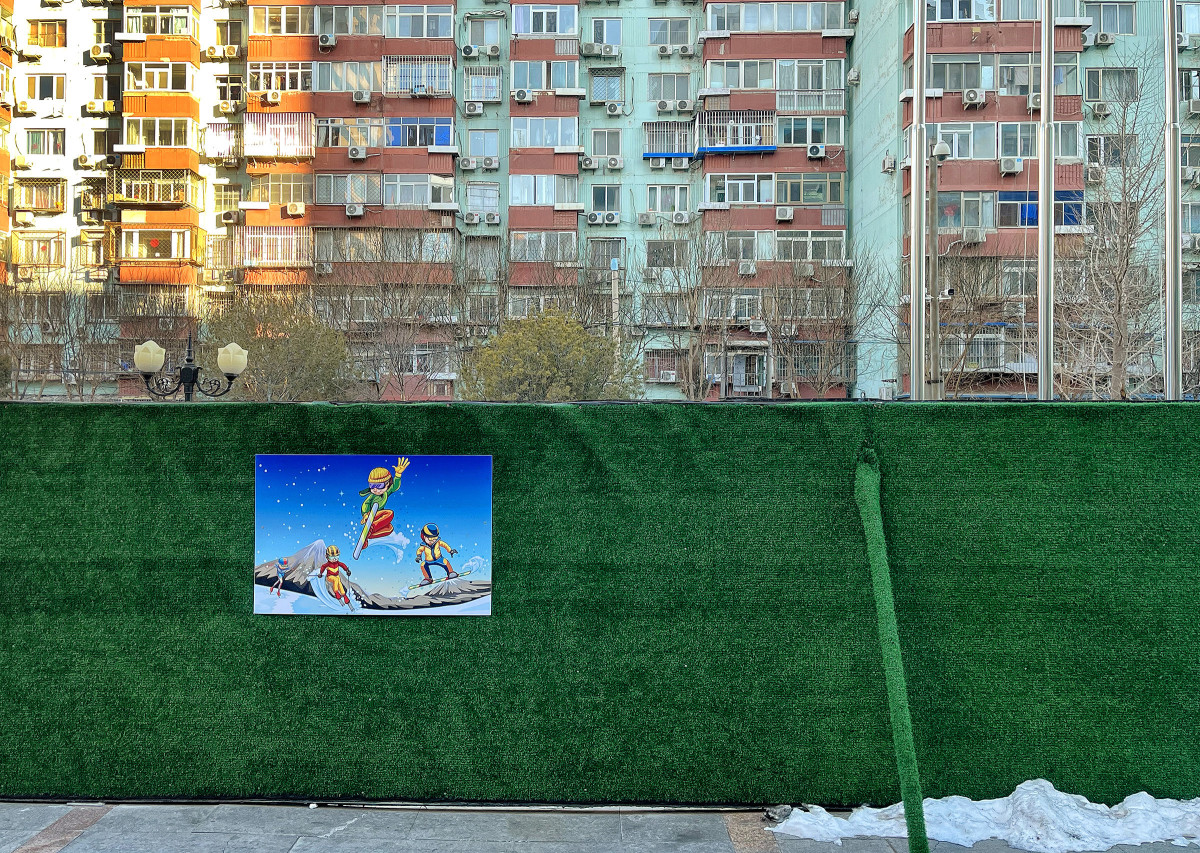
I will remember marveling at the bullet trains, touring the temples, slurping down hot pot, and sharing a laugh with my taxi drivers whenever one of them reflexively spoke to me in their native tongue, to which I would point at myself and utter one of the few Mandarin phrases that I knew, “Wǒ shì hánguó rén.” Translation: “I’m Korean.” And certainly I’ll never forget my final day, when I visited the Forbidden City and watched a young soldier perform a hypnotic marching drill on a basketball court between a row of his comrades’ boots and their barracks.
All of these memories rushed back to me Wednesday afternoon, local time, as I stood behind a closed set of glass doors at the Beijing airport—fresh off a plane from Singapore alongside 20 or so fellow media members—and waited for a group of workers clad in hazmat suits to beckon us into the terminal. These 2022 Olympics will be my first, winter or summer, and I have heard from more seasoned colleagues that the actual games pale in comparison to everything around it—to exploring new places, to meeting new people, to eating new foods, to drinking up new experiences. For now, I will have to take their word for it, or at least wait until Paris 2024.
It’s not that the “closed loop” system erected by Beijing’s organizing committee is entirely devoid of these things. (Side note: Isn’t every loop technically closed? Otherwise it’d just be a semicircle.) The expressway to the mountainous Yanqing and Zhangjiakou zones, for instance, snakes past a breathtaking, miles-long stretch of the Great Wall. But heaven help the soul who dares wander past one of the signs demanding, NO CROSSING. We are allowed in the venues, the hotels and the vehicles that shuttle us between them. Fancy a finger-lickin’ trip to the KFC down the block? That’ll be 36 yuan for the bucket of chicken, plus two weeks in quarantine.
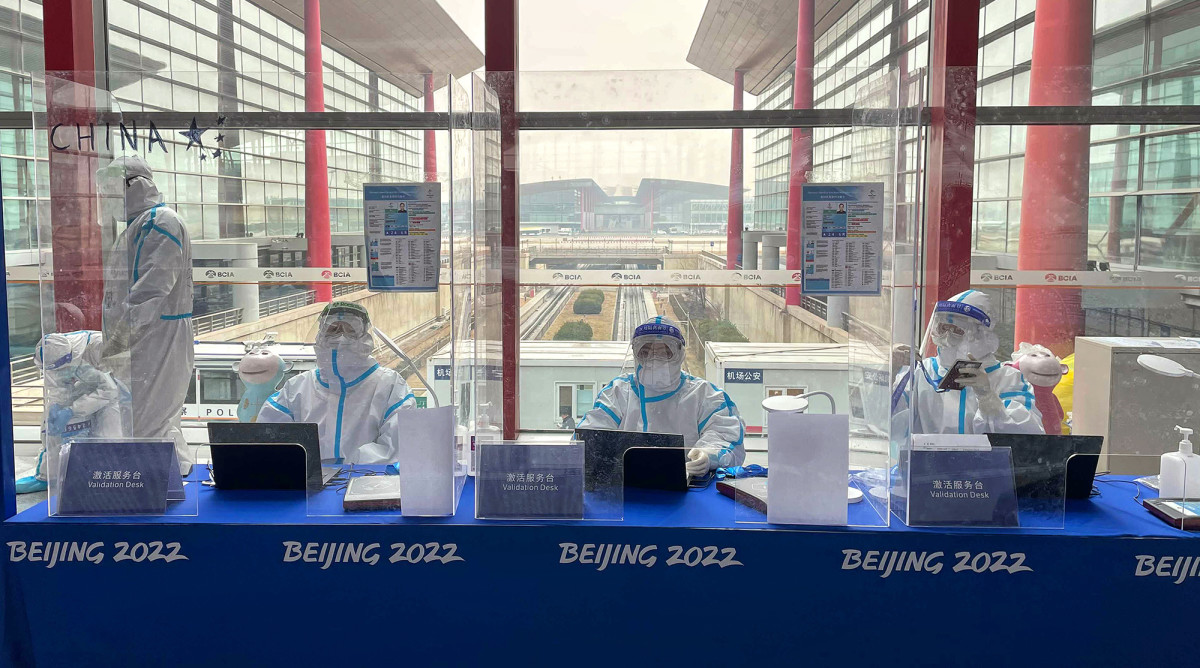
Early Thursday morning—after administering a self-temperature check, as I’ve done daily for the past two-plus weeks; receiving a PCR test shoved so far down my throat that it might very well come back positive for stomach acid; and eating breakfast behind a plastic partition in the hotel restaurant—I wandered outside for some fresh air while waiting for the bus to the media center. Fake grass blanketed the tall fence that ringed the pickup/dropoff area, and beyond that, thick smoke spat from a vent atop an inaccessible subway station. Across the street, the rising sunlight illuminated a narrow section of an apartment building. Six stories up, a woman cracked her window and emptied a container into a cardboard box atop her AC unit, perhaps composting. Peering from down below, I could’ve sworn I saw her smile and wave.
Or maybe I was just feeling loopy. —Alex Prewitt
Years ago, when I imagined drawing the assignment to cover the Olympics in Beijing, I figured I would spend the time between events gazing at the Great Wall, the Forbidden City, Tiananmen Square. Now that I'm here, the sight I see most often is that of a person wearing head-to-toe plastic sheeting, smiling politely and aiming a cotton swab at my throat.
The Tokyo Games were defined by COVID, and the Beijing Games will be as well. Everyone takes a PCR test every day; these range from a swipe that tickles your tonsils to one that rearranges your intestines. The airport is like a scene out of a dystopian novel: empty tarmacs, silent terminals, a small army of people dressed in hazmat suits, with even their cellphones encased in plastic bags. All participants—athletes, journalists, officials, volunteers, support staff—are operating within what the organizing committee is calling a "closed-loop system": We travel from hotel to bus to arena to bus to hotel. Nowhere else. No Great Wall. No Forbidden City. No Tiananmen Square. Not even the convenience store across the street.
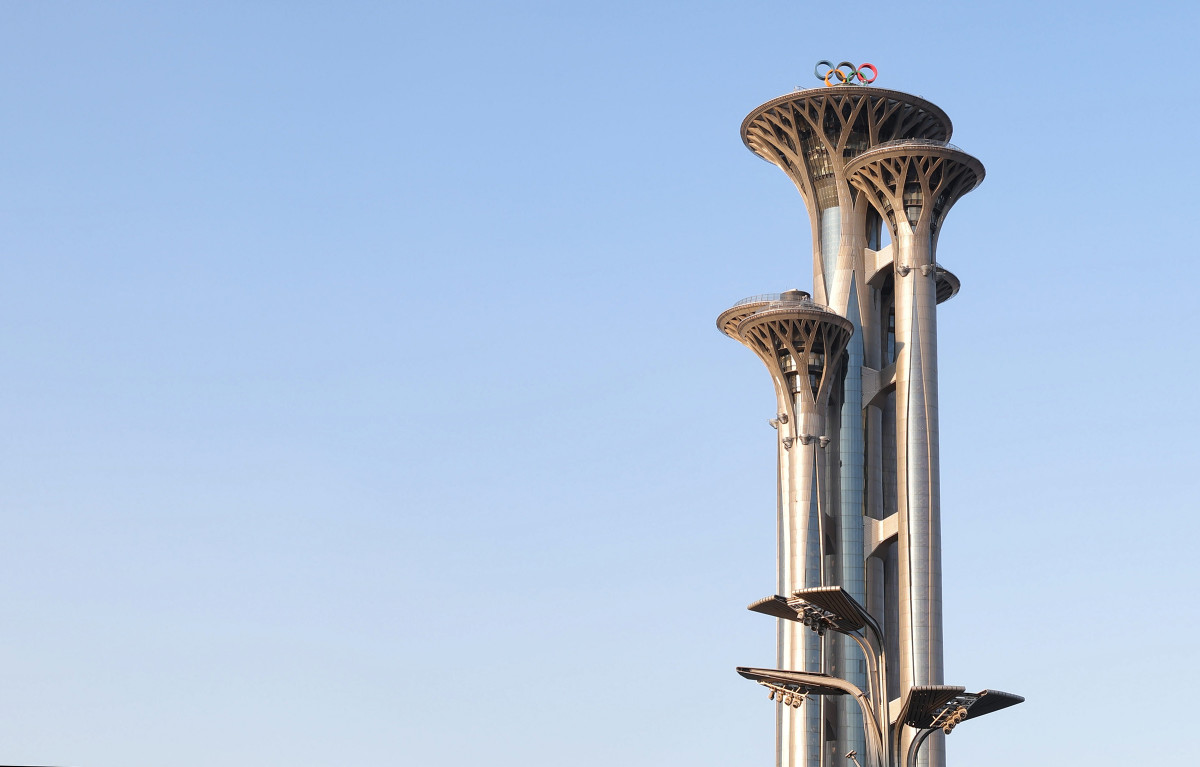
Everyone is terrified of testing positive, especially because the rules for returning to action are not entirely clear. "You look at the risk," Brian McCloskey, the head of the medical expert panel, said on Thursday. "An individual freestyle skier, for example, who could be brought to the start, can ski down the course entirely on their own and brought away at the finish is much less of a risk of spreading infection than ice hockey, where the team has to get together and train together, two teams to compete together. So the risk of something spreading is, theoretically at least, higher for those who have team sports than for the individual. So we look at that risk and what we can do to reduce the risk."
At times the measures border on hygiene theater: Volunteers disinfect parking lots and yesterday I watched someone scrub an outdoor sign that no one appeared to be trying to touch, yet the hotel breakfasts are served buffet-style, with shared utensils. And the organizing committee announced on Thursday that it had found 26 new COVID cases among people who had been living inside the closed loop. But we keep taking our daily tests, hopeful that we can stay here until the Games are over—and then go home. —Stephanie Apstein
The walls of the cavernous Main Media Center in Beijing are lined with enormous photos of the landmarks of China, the sites almost actual size: Tiananmen Square, Kunming Lake, The Summer Palace. They’re 5x7 rectangles, but feet not inches, like postcards from Gulliver’s trip to the Middle Kingdom. But this is as close as you will get to these spectacular sites on this trip. They all lie outside the closed loop, beyond the bubble, just out of reach. To be here and have them so close is a cruel tease. It’s like going to the Empire State Building and being told you have to stay in the lobby, or traveling halfway around the world to the Grand Canyon, only to be prevented from looking down by uniformed guards and miles of plywood and cyclone fencing.
Many Olympics—Summer Games anyway—are an opportunity for the host to announce itself to the world: Some are post-war proclamations of survival and redemption (Rome 1960, Tokyo 1964, Munich 1972); others are declarations of relevance (Mexico City 1968, Seoul 1988, Rio 2016). Beijing 2008 was something else. It was an unveiling of a force to be reckoned with, a dramatic display of imposing scope and scale. But there was an undercurrent of insecurity to it too. See what we can do, now you must respect us. They tried a bit too hard in 2008 (15,000 performers at Opening?). Not now.
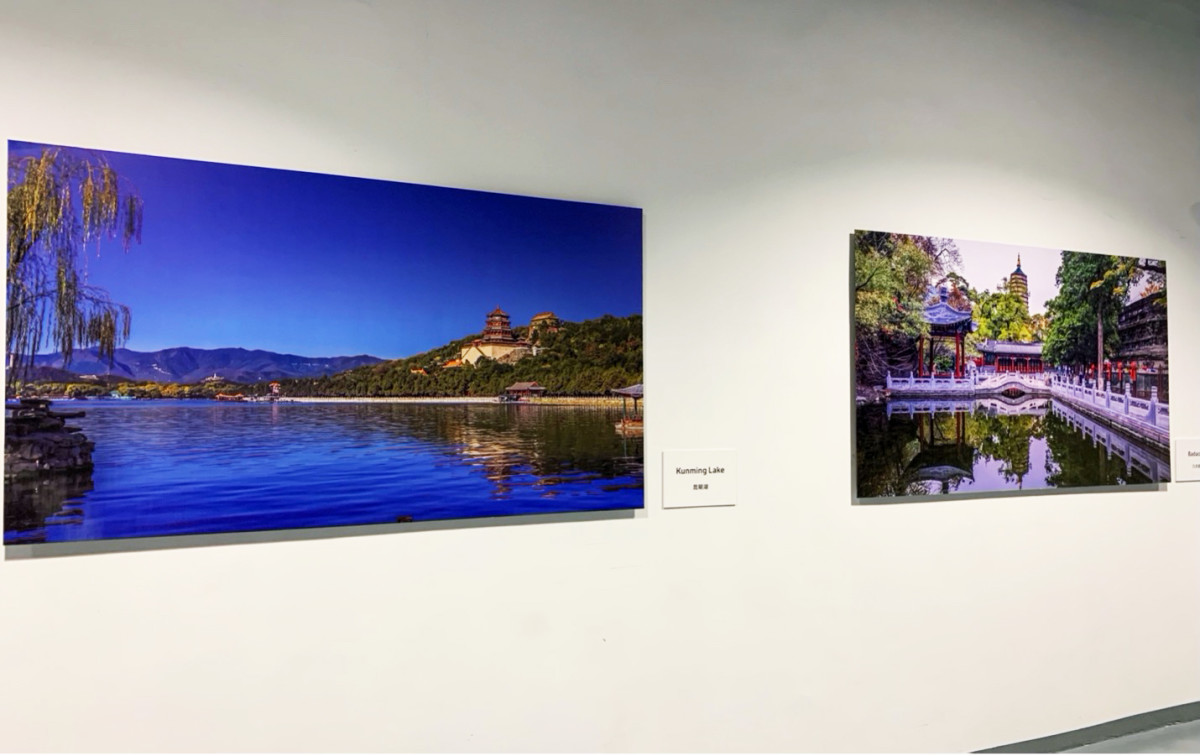
The China of 2022 is over all that: Come, don’t come. Send your diplomats, don’t send your diplomats. You think our Opening Ceremony reviewing stand looks like a Spectre board meeting? Who cares what you think? This is not the Beijing of 2008, which at least paid lip service to controlling pollution and establishing “protest zones.” Beijing 2022 will not be diverted from its mission, and today, that mission is zero spread of COVID. If it means visitors don’t get to visit the Forbidden City, so be it. If their impression this time is of an omnipotent regime that helped the IOC out by going ahead with the Games despite a pandemic, that’s enough. Those of us in the closed loop will have to make do with photos of Chinese wonders. After all, it’s almost like being there. —Richard Demak
Even if you ignore COVID-19 and human-rights concerns—which, of course, you can't—Beijing is a wild choice for the Winter Olympics.
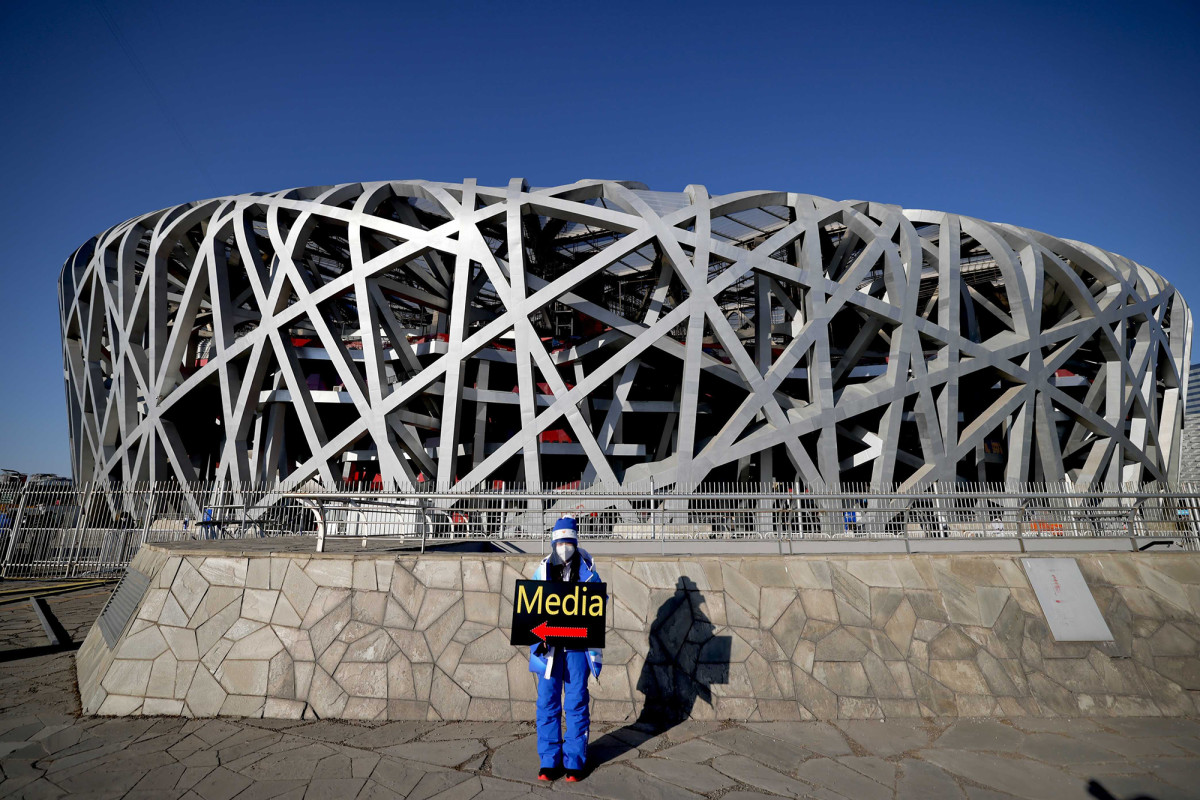
This is not a winter-sports mecca. Beijing hosted the Summer Olympics just 14 years ago, making this the shortest gap between hosting gigs for any city since Innsbruck, Austria, hosted the 1964 and 1976 Winter Olympics. This is the third straight Olympics in Asia, which contradicts the IOC's wish to spread the Games around the world. China won these Olympics almost by default after European cities that would have been favored for the bid withdrew, leaving only Kazakhstan in the bidding. And so here we are.
The 2008 Olympics felt like China trying to show off for the world, for better or worse. These Olympics already feel like an overnight stay off a highway on the way to somewhere else. Nobody can see anything interesting outside of the events. We are all here only because that's where we happened to end up.
More Olympics Coverage
• SI Picks Every Medal at the 2022 Olympics
• How Do Figure Skaters Choose the Music For Their Routines?
• For Outdoor Winter Olympians, Combating the Conditions Is Critical
• How the Artificial Snow Was Made for the Beijing Olympics
